
Audrey Marie Munson was an American artist's model and film actress, considered to be "America's first supermodel." In her time, she was variously known as "Miss Manhattan", the "Panama–Pacific Girl", the "Exposition Girl" and "American Venus." She was the model or inspiration for more than twelve statues in New York City, and many others elsewhere. Munson appeared in four silent films, including unclothed in Inspiration (1915). She was one of the first American actresses to appear nude in a non-pornographic film.

Francis Winter Boggs was an American stage actor and pioneer silent film director. He was one of the first to direct a film in Hollywood.

The Selig Polyscope Company was an American motion picture company that was founded in 1896 by William Selig in Chicago, Illinois. The company produced hundreds of early, widely distributed commercial moving pictures, including the first films starring Tom Mix, Harold Lloyd, Colleen Moore, and Roscoe "Fatty" Arbuckle. Selig Polyscope also established Southern California's first permanent movie studio, in the historic Edendale district of Los Angeles.

Salomé is a 1918 American silent drama film produced by William Fox and starring actress Theda Bara.

Ravished Armenia is a book written in 1918 by Arshaluys (Aurora) Mardiganian about her experiences in the Armenian genocide.
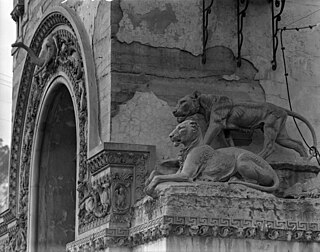
The Selig Zoo in Los Angeles, California was an early 20th century animal collection managed by Col. W.N. Selig for use in Selig Polyscope Company films and as a tourist attraction. Over the years the zoo was also known as the Luna Park Zoo, California Zoological Gardens, Zoopark, and, eventually, Lincoln Amusement Park. After Westerns, "animal pictures" were Selig's second-most popular genre of film product.
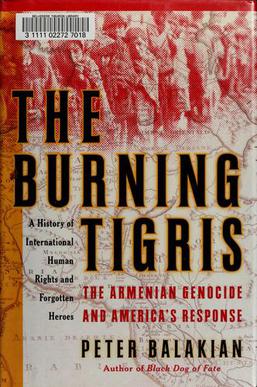
The Burning Tigris: The Armenian Genocide and America's Response is a book written by Peter Balakian, and published in 2003. It details the Armenian genocide, the events leading up to it, and the events following it. In particular, Balakian focuses on the American response to the persecution and genocide of the Armenians in the Ottoman Empire from 1894 to 1923.
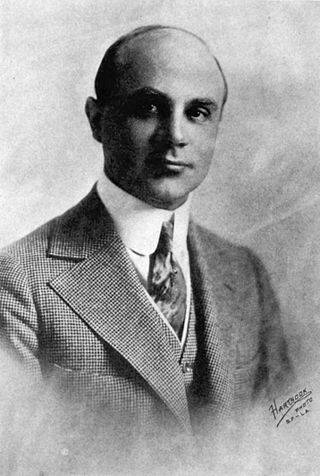
Oscar C. Apfel was an American film actor, director, screenwriter, and producer. He appeared in more than 160 films between 1913 and 1939, and also directed 94 films between 1911 and 1927.

The Exquisite Thief is a 1919 American silent drama film directed by Tod Browning. Prints and/or fragments were found in the Dawson Film Find in 1978.
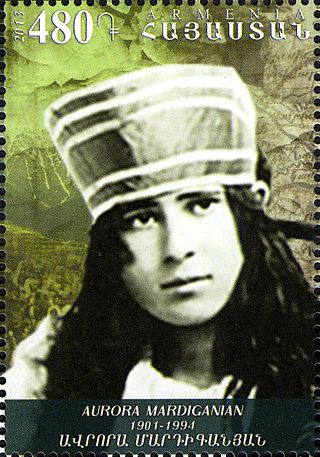
Aurora (Arshaluys) Mardiganian was an Armenian-American author, actress, and a survivor of the Armenian genocide.

The Soul of Broadway is a 1915 American silent crime drama film produced and distributed by the Fox Film Corporation and directed by Herbert Brenon. Popular vaudeville performer Valeska Suratt starred in the film which was also her silent screen debut. The Soul of Broadway is now considered lost. It is one of many silent films that were destroyed in a fire at Fox's film storage facility in Little Ferry, New Jersey in July 1937.

A Sister of Six is a 1916 American silent Western film produced by the Fine Arts Film Company and distributed by Triangle Film Corporation. The film was directed by brothers Chester M. and Sidney Franklin. This was Bessie Love's first starring role.
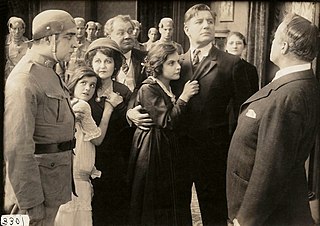
The Battle Cry of Peace is a 1915 American silent war film directed by Wilfrid North and J. Stuart Blackton, one of the founders of Vitagraph Company of America who also wrote the scenario. The film is based on the book Defenseless America, by Hudson Maxim, and was distributed by V-L-S-E, Incorporated. The film stars Charles Richman, L. Rogers Lytton, and James W. Morrison.

John K. Wells was an American actor, director, producer, and writer of the Silent film era. Wells was a 29-year old actor who earned his first credited role in the 1915 Universal short film — The Queen of Hearts.
Armenian genocide in culture includes the ways in which people have represented the Armenian genocide of 1915 in art, literature, music, and films. Furthermore, there are dozens of Armenian genocide memorials around the world. According to historian Margaret Lavinia Anderson, the Armenian genocide had reached an "iconic status" as "the apex of horrors conceivable" prior to World War II.
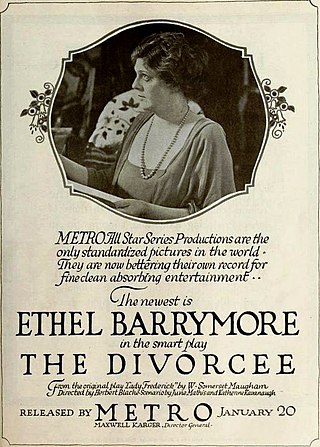
The Divorcee is a 1919 American society drama starring Ethel Barrymore in her last silent feature film. The film is based on a 1907 play, Lady Frederick by young Somerset Maugham, which had starred Barrymore on Broadway. The play was already quite dated when this film was made, but the actress was always comfortable with this kind of soap-operish melodramatic material. Herbert Blaché directed, and June Mathis wrote the scenario based on Maugham's play. The film was produced and distributed by the Metro Pictures company.
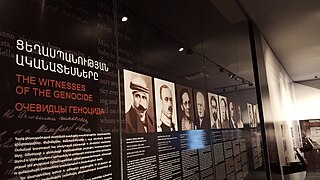
Witnesses and testimony provide an important and valuable insight into the events which occurred both during and after the Armenian genocide. The Armenian genocide was prepared and carried out by the Ottoman government in 1915 as well as in the following years. As a result of the genocide, as many as 1.5 million Armenians who were living in their ancestral homeland were deported and murdered.
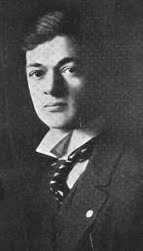
Wray Bartlett Physioc was an American film director, producer and artist. His film The Gulf Between (1917) was the first Technicolor film ever produced.

Miles McCarthy (1874–1928) was a Canadian stage actor who went on to appear in a number of silent films. He is sometimes credited as Myles McCarthy.

Aurora's Sunrise is a 2022 adult animated documentary film directed by Inna Sahakyan. It is based on the life of Aurora Mardiganian, an Armenian Genocide survivor who after her escape became an actress in the United States. The film includes short scenes of the film Auction of Souls, a silent film from 1919 on the Armenian Genocide, in which Aurora Mardiganian had the leading role.





















